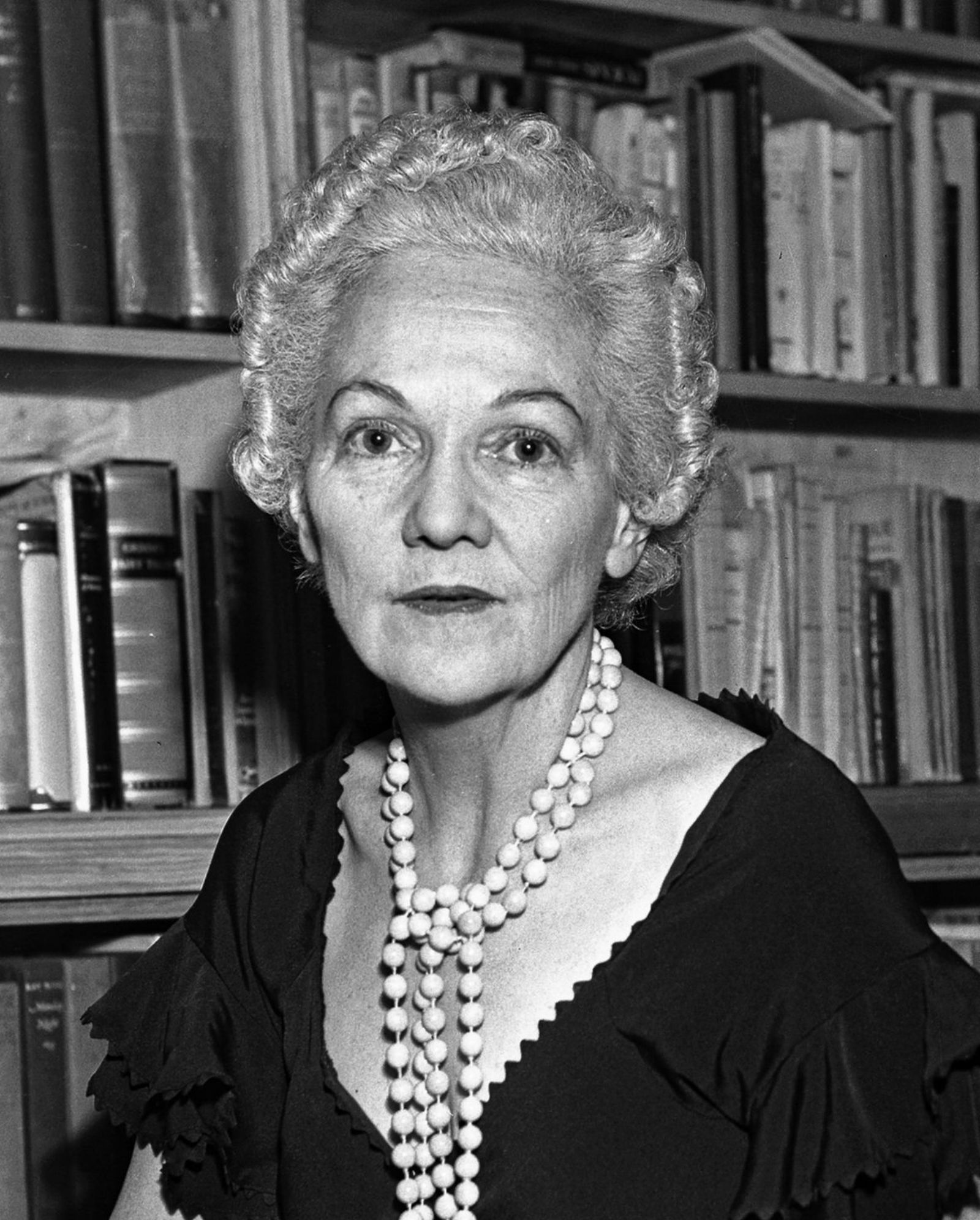The Archeology of María Concepción

Source for photograph: here
María Concepción constitutes the first story that Katherine Anne Porter finished and published after 30 other stories she had previously discarded as mentioned in this interview: “Day at Night: Katherine Anne Porter, Novelist and Short Story Writer.” Katherine Anne Porter lived for a long time in Mexico, the setting to this short story.
“She walked with the free, natural, guarded ease of the primitive / woman carrying an unborn child. ….She was entirely contented. Her husband / was at work and she was on her way to market to sell her fowls” (María Concepción page 3)
María Concepción overlooks the spines and thorns that lie ahead in the dusty road in perfunctory daily work. There is no time to rest in the shade nor to practically “draw the spines from “ her feet. This sturdy ancestral woman advances forcefully, purposefully, regardless of the swollen limbs of dying fowls that sling back on her shoulder to be sold and gutted. There is no time for emotional haphazardness. Picture her, black eyes shaped like almonds and a clean bright blue rebozo, vanishing in an arid landscape brushed by the winds that shape the jacals ( a type of hut / shelter) which challenge the laws of gravity.
María Concepción resonates with a stream of religious metaphors. She proudly saved some silver coins to be "married in church" and have the bans for three days unlike the other villagers that must marry behind the church, she will kneel to the Virgin of Guadalupe and sneer at Lupe’s unorthodox healing ways that resemble those of a charmer. María Concepción bottles up anger and retaliation as she discovers Juan Villegas (her husband) and María Rosa’s dalliance and swears to kill them.
Givens (manager of the archeological dig) for whom Juan works wounds the earth in search for archeological remains with the precision of the scalpel. The locals wonder about this useless uprooting as it brings no monetary profit unlike their totemic souvenirs in the village. Earth and Maria Concepción are corroded, broken up, rampaged. She barrenly miscarriages, while María Rosa bears fruit. María Rosa and Juan return to the village after enlisting in the army, deserters, outcasts are forsaken by a community that retorts to them.
María Concepción mangles the body of María Rosa in an acrimonious devastation of a repeatedly thrusting knife. María Rosa, who had enough love and enough honey lies in a coffin, pitiless. A silent acquiescence on behalf of the community endorses María Concepción. This ancestral primitive woman forcefully steps forward and appropriates María Rosa’s baby, a changeling of the fairies or a miraculous conception to whom she believes has the right to.




